The ability to improve (and the satisfaction it brings) are literally hardwired into our DNA. Without them, we wouldn’t know the joys of life: like video games, grilled bacon, or even electricity. Yes, indeed. The world would be a dark, dark place.
That said, there are two ways to approach improvement: let it happen to us gradually over time, or take the wheel and make it happen ourselves.
In gaming, aimlessly playing represents that first option. It can yield some decent improvement at first, but that’s really just the noob-factor wearing off – rather than actually becoming a pro, you’re just sucking less. Before you know it, you’ll hit a plateau and all that idle playing will stop yielding any real results.
To truly crush your opponents and dominate those leaderboards (and keep doing it), you have to improve faster than the rest. In other words, you’re gonna need a plan.
As many of us already know from experience, though, a plan is only as good as your ability to stick with it. Good thing there are tons of simple, powerful, and free ways to help you do just that, maximizing both your productivity and the satisfaction you get from achieving your goals.
Today we’ll introduce you to one of them: the checklist.
Infinite Uses
Experts in a huge range of fields use checklists on a daily basis to ensure important tasks are done in order and that none of them are forgotten.
Take pilots, for instance. Airplanes are massively complex machines and every phase of a flight has a specific set of crucial tasks that need to be performed to make sure everything is in order.
Unfortunately “CHECK FOR SNAKES” still hasn’t made it onto any of these lists ![]() .
.
Doctors are another group of high-profile experts who rely on checklists and use them to increase the safety of their procedures. In fact, the Surgical Safety Checklist by the World Health Organization (WHO) has significantly reduced the most common risks related to surgery and improved the well-being of patients.
Other checklist-savvy professionals include investors, who use them to simplify the investment process and divers, who use them to make sure their equipment is reliable so they don’t drown like Blizzard stock after that Diablo Immortals announcement.
So, if checklists are already saving lives in the air, on land and underwater, who says they can’t save your esports career like Mercy, just without all those annoying nerfs? ![]()
Hack That Brain
A good checklist frees your brain’s RAM, so you don’t need to think about everything as you work your way towards your goals. It basically lets you spend less energy remembering everything you have to do and more time actually doing it. Creating one also helps you break a complex activity down into more manageable pieces.
That by itself boosts your productivity, but checklists even come with a built-in failsafe.
The first of them is that fact that putting something on a checklist significantly increases the chances that it will get done. This is thanks to what behavioral psychologists call the Zeigarnik Effect, which states that the human brain is more likely to remember uncompleted tasks than completed ones.
Your brain perceives items added to a checklist as “incomplete”, making you more likely to give them your attention and prevent you from procrastinating on them.
On top of that, the act of checking off an item on your list triggers your brain to release dopamine, a neurotransmitter that stimulates the reward center of the brain. This is like hitting your brain’s ![]() button, basically tricking it into making checklists a habit.
button, basically tricking it into making checklists a habit.
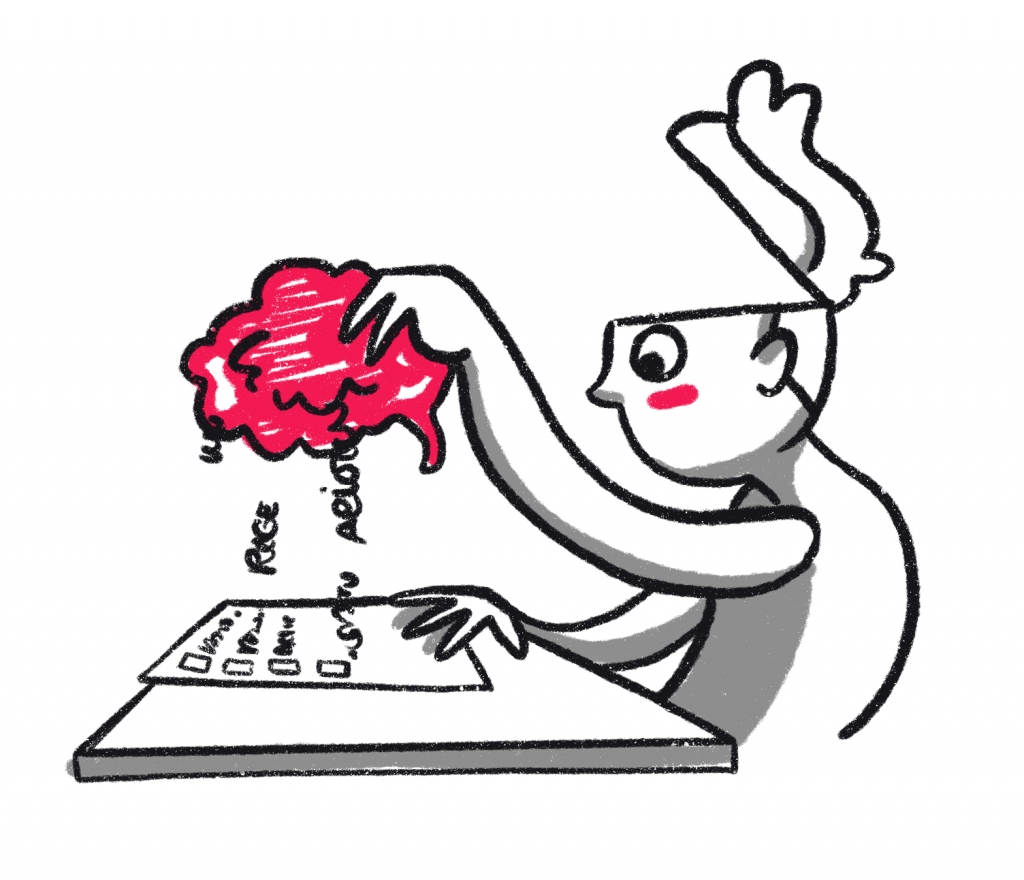
So not only are you being more productive, you’re also hacking your brain to help you keep after it. If that isn’t like wrapping yourself in a giant blanket of win, we don’t know what is.
Those Modes, Though
To get the most out of a checklist, make sure you understand what you are using it for. Are you using it to help you remember to do various random things that come along during the day, or to help you develop long-lasting habits?
Productivity gurus separate checklists into two “modes”:
1. READ-DO
This mode is probably the one you’re most familiar with. READ-DO is you look to the checklist for cues on what to do next. It’s great for time management or when you need to complete things in a specific order like a recipe.
That list you got when you went shopping for groceries? That was basically a READ-DO checklist.
2. DO-CONFIRM
This type of checklist is used after performing certain tasks from memory, like parts of a routine. After you’re done, you can consult the checklist to see if you’ve got everything.
DO-CONFIRM is the method pilots use (at least those who reach their destination ![]() ) or that you can use when you’re packing for a holiday and need to make sure you got everything essential, like Demon repellent and a horse armor (we aren’t the only ones who pack that stuff, right?).
) or that you can use when you’re packing for a holiday and need to make sure you got everything essential, like Demon repellent and a horse armor (we aren’t the only ones who pack that stuff, right?).
In practice, every checklist you create will start out as a READ-DO and once it becomes more habitual for you, it’s likely that you’ll transition to using it as a DO-CONFIRM.
But enough with the theory already. ![]() It’s time to get to work.
It’s time to get to work.
Building a Good Checklist
Think about why you’re writing a checklist. That Zeigarnik Effect we mentioned before has a big “but”: it doesn’t work if the task feels unattractive or impossible. This means that putting the work into breaking your goals down into specific, achievable tasks is the first step on the path to becoming legendary.
Dig deep and look for reasons why you play poorly sometimes. Is it because you forgot to play some casual matches to warm up before hopping into competitive? Or maybe you didn’t take care of your body and lost focus because of fatigue? These are exactly the kinds of things that checklists can help you with.
Make sure the items you add are brief and easy to understand at a glance. Focus on short, actionable pieces that you can follow without any trouble.
Once you have a checklist, try it out, see how it works and tweak it accordingly to improve its effectiveness. It’s likely that the first list you create won’t have everything on it that you need, so don’t be afraid to add more to it until it gets the job done.
Still unsure? Let’s take a look at some example checklists:
Competition prep
✔️ GET SOME WATER
✔️ SUCK ON MADMONQ
✔️ PLAY AIM TRAINING MAP
✔️ WARMUP – PLAY ONE CASUAL MATCH
✔️ WRECK FACES IN COMPETITIVE
Gaming routine
✔️ FINISH ASSIGNMENTS
✔️ GRAB A SNACK & DO SOME SQUATS
✔️ GET SOME CHICKEN DINNERS
✔️ TOILET AND STRETCH ARMS
✔️ GET 7 SOME MORE CHICKEN DINNERS
Gaming better
✔️ REVIEW PREVIOUS MATCH
✔️ WRITE DOWN MISTAKES (into another checklist)
✔️ WORK ON THEM IN CASUAL MATCHES
✔️ PLAY ANOTHER GAME OF RANKED AND REVIEW IT
These are just some basic ideas.
Also, do yourself a favor and add some non-gaming activities to those lists, like walking your dog, helping with the dishes or stretching your arms – anything that involves movement will help clear your head and keep you fresh. It may also protect you from some unfortunate events, like your router being suddenly unplugged by an angry mom or hearing that familiar “Well look who decided to leave his cave.”
Check This List of Tools
So, all set to make some checklists? Perfect! But how to keep track of them?
While you can always go with the old-school pen and paper approach, but this is your gaming career, not Grandma’s shopping list (love you, Gram!).
We’re living in the golden age of the internet and there are some badass tools out there designed to add even more power to your efforts:
Trello
Trello is a fantastic online app that makes keeping track of your tasks incredibly easy and convenient. You can add checklists to each task, add a deadline or create an additional board if you want to keep those real life things like school or work away from gaming.
This is the tool LCS veteran Aleš “Freeze” Kněžínek uses. He creates a Trello card of what he wants to focus on during a training session and leaves it up on his other screen. This makes sure that those items stay his top priority as he trains.
Todoist
If Trello feels like using Neptune’s trident to eat mom’s spaghetti, Todoist may be a better way to go. It offers a simpler, more compact design and is better at scheduling your tasks.
Actually, that analogy before was horrible. Who wouldn’t want to do that?
Anyways, both of these tools allow you to invite other people (so you can have a shared checklist between your teammates) and sync across all your devices.
The Most Important Thing is YOU
Now that you’re armed with all that information, remember that checklists are “just” a tool that helps you be more productive and focused.
In the end, it all comes down to you and your will to improve. Having tons of tools and knowledge is cool and all, but it won’t make you a better player unless you put it all to use.
You might be thinking: “The pros must be using something else. Checklists are way too simple to achieve their kind of results.”
The truth is that this type of simple approach is EXACTLY what the top 1% of players are doing to improve. No sci-fi solutions here – their success is a direct result of their devotion to improving and the time they invest in thinking critically about how they play.
You have the potential to join them. The only question is if you want it enough to slide into the driver’s seat and stomp on the gas pedal.
If you do, you can sure we’ll be here to support you along the way. That’s our mission and our promise ♥ .
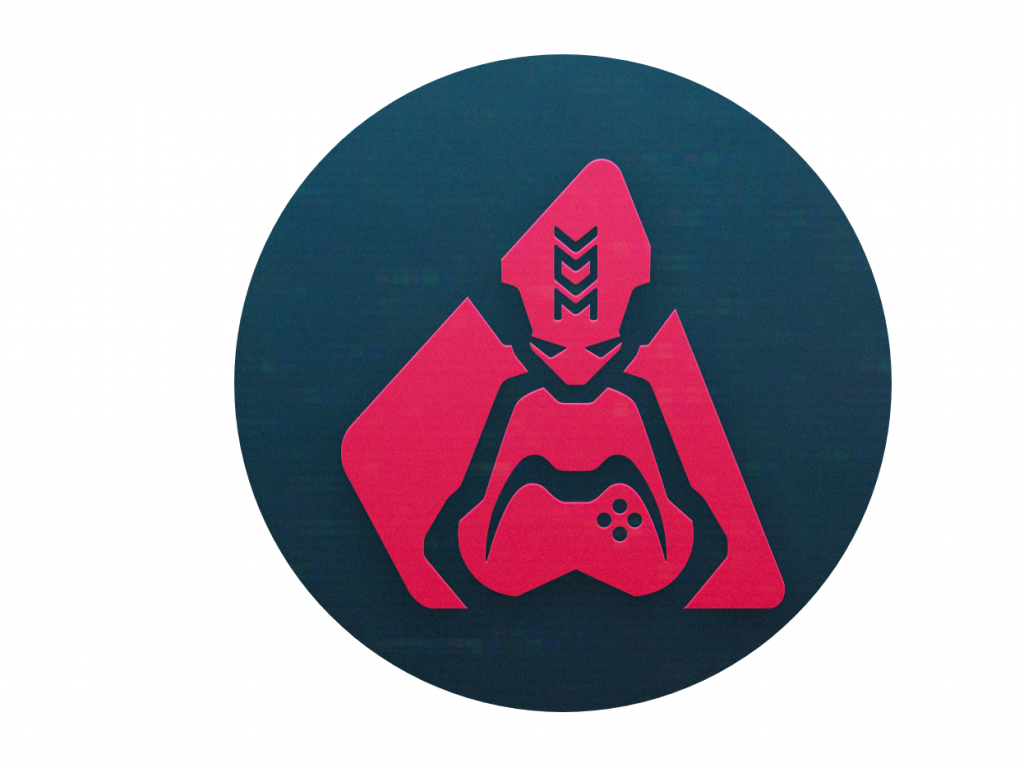
Here’s where we like to play…
Instagram: instagram.com/madmonq
Facebook: facebook.com/madmonq
X (Twitter): twitter.com/madmonq
Twitch: twitch.tv/madmonq
YouTube: youtube.com/madmonq
TikTok: tiktok.com/@madmonq/
Discord: discord.gg/madmonq





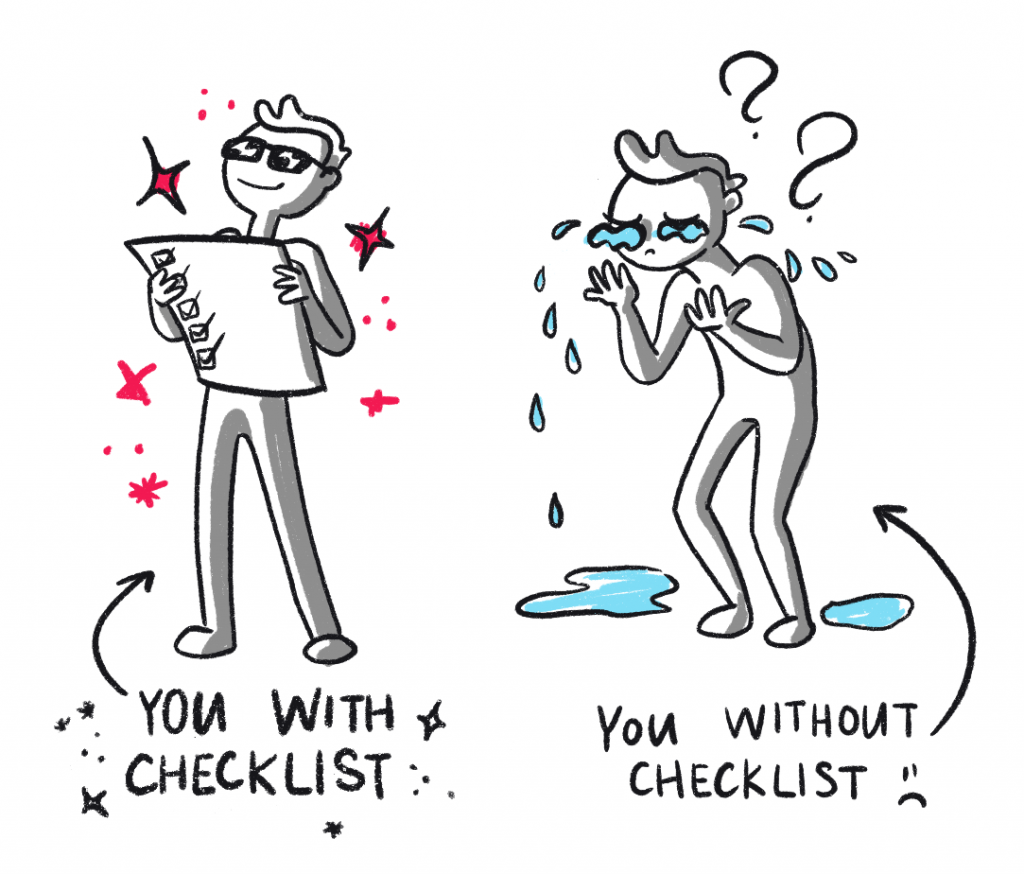
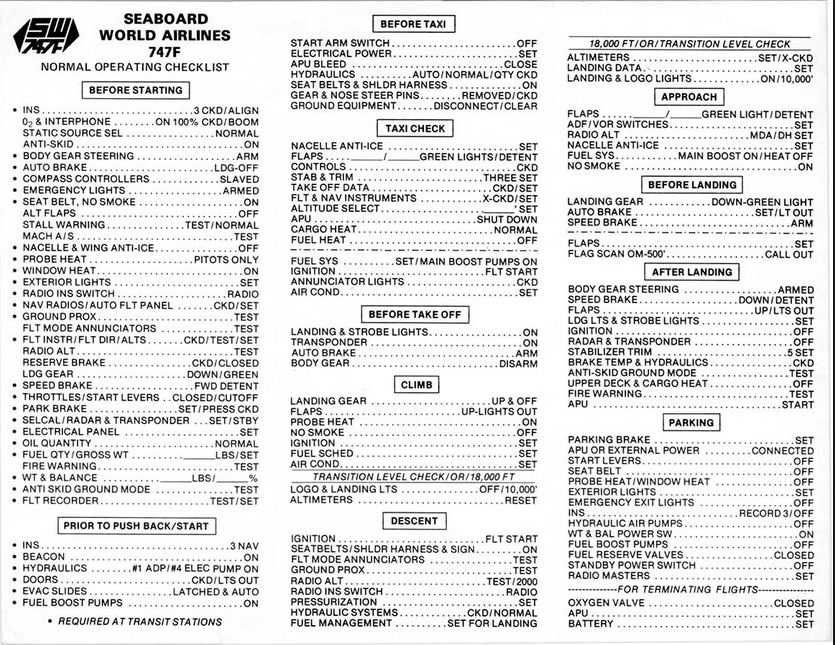
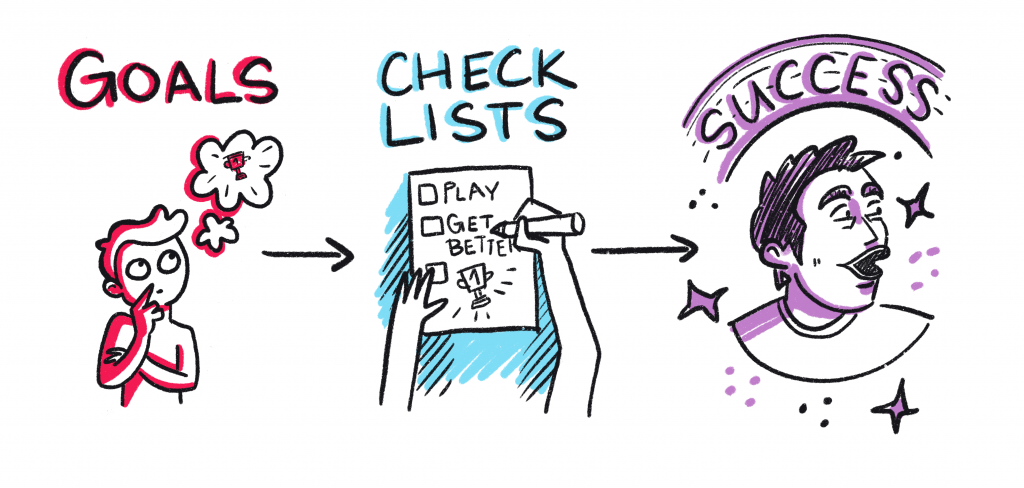
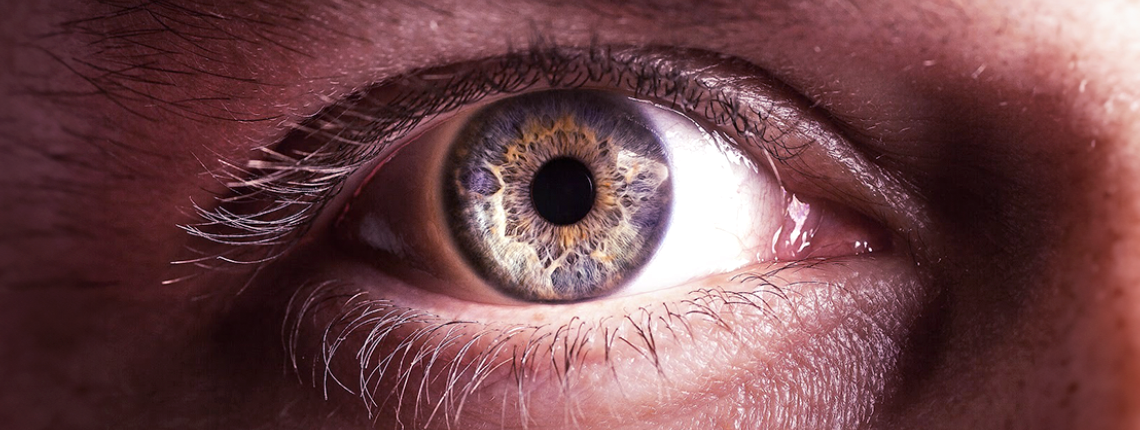


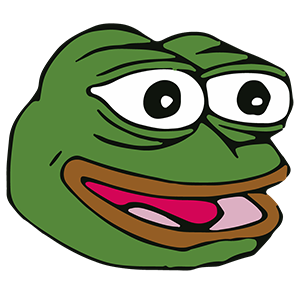
Comments
Leave a Comment